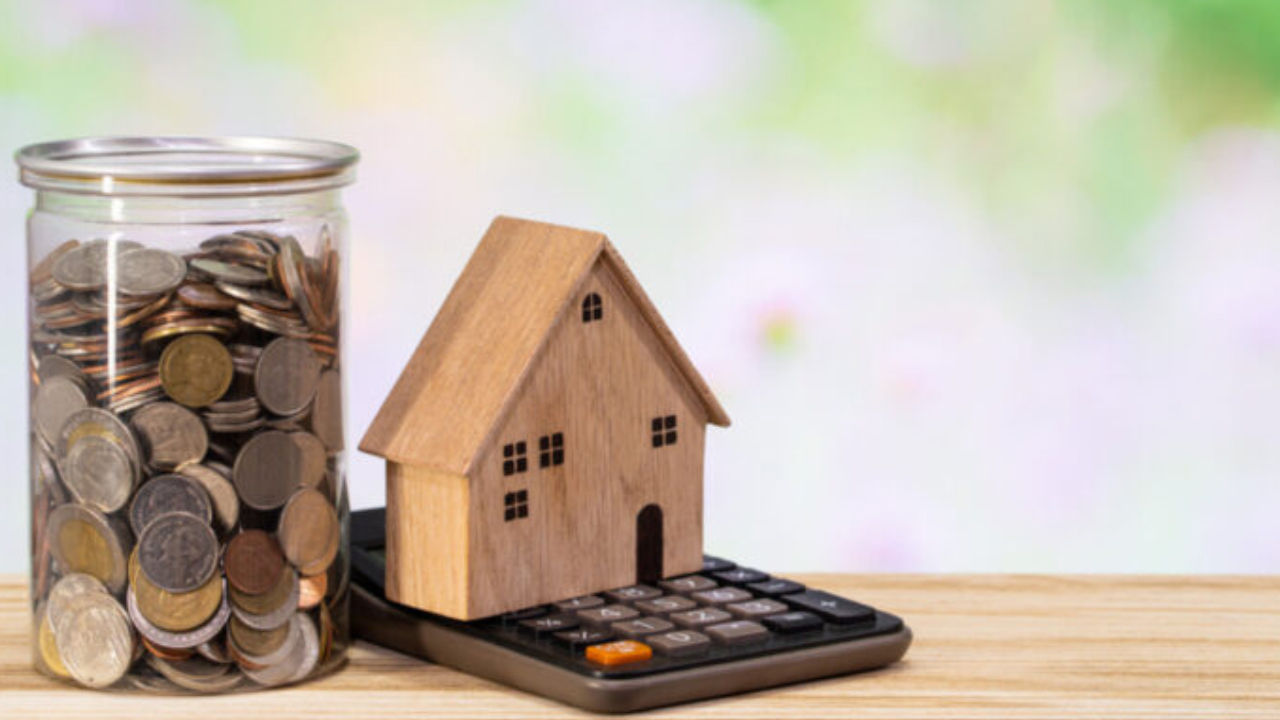Circle rate is the minimum rate notified by the government through the registrar or sub-registrar office of Delhi for the valuation of land and properties. This rate is used to calculate the stamp duty and registration charges during the property transaction. It represents the lowest value at which a property can be sold or transferred legally in a particular area.
Key Points about Circle Rates:
1. Government-Determined: The circle rate is set by the government and varies from locality to locality within the city. It is revised periodically to reflect market conditions and ensure fair valuation.
2. Basis for Stamp Duty: The circle rate serves as the base value for calculating the stamp duty. If the transaction value of a property is lower than the circle rate, the stamp duty will still be calculated based on the circle rate.
3. Ensures Transparency: Circle rates help in maintaining transparency and consistency in property transactions, preventing under-valuation and the evasion of stamp duty.
Current Circle Rates in Delhi (2024): The circle rates in Delhi are categorized based on different property types and localities. Here are the general categories and examples of current circle rates:
A to H Categories of Colonies:
- Category A: (e.g., Greater Kailash, Vasant Vihar)
- Residential: ₹7,74,000 per square meter
- Commercial: ₹19,31,000 per square meter
- Category B: (e.g., Rajouri Garden, R.K. Puram)
- Residential: ₹2,45,000 per square meter
- Commercial: ₹5,42,000 per square meter
- Category C: (e.g., Kalkaji, Vikas Puri)
- Residential: ₹1,59,000 per square meter
- Commercial: ₹3,24,000 per square meter
- Category D: (e.g., Janakpuri, Karol Bagh)
- Residential: ₹1,27,000 per square meter
- Commercial: ₹2,68,000 per square meter
- Category E: (e.g., Rohini, Pitampura)
- Residential: ₹70,000 per square meter
- Commercial: ₹1,62,000 per square meter
- Category F: (e.g., Dilshad Garden, Hari Nagar)
- Residential: ₹56,000 per square meter
- Commercial: ₹1,35,000 per square meter
- Category G: (e.g., Narela, Shahdara)
- Residential: ₹47,000 per square meter
- Commercial: ₹1,11,000 per square meter
- Category H: (e.g., Bawana, Nand Nagri)
- Residential: ₹23,000 per square meter
- Commercial: ₹66,000 per square meter
How Circle Rates Affect Property Transactions:
1. Minimum Transaction Value: When buying or selling a property, the transaction cannot be registered below the circle rate value. If the agreed sale price is lower than the circle rate, the stamp duty is still calculated based on the circle rate.
2. Impact on Buyers and Sellers: Buyers need to be aware that their stamp duty and registration charges will be calculated based on the circle rate, potentially increasing the total cost of the transaction. Sellers should price their properties considering the circle rate to ensure smooth transactions.
3. Legal Compliance: Adhering to circle rates ensures that property transactions are legally compliant and reduces the risk of disputes related to under-valuation or stamp duty evasion.
Example:
If you are purchasing a residential property in Category D (Janakpuri) with an area of 100 square meters, the minimum transaction value would be:
- 100 square meters * ₹1,27,000 per square meter = ₹1,27,00,000
Even if the negotiated sale price is ₹1,20,00,000, the stamp duty will be calculated based on ₹1,27,00,000.
Understanding circle rates is crucial for both buyers and sellers to ensure that property transactions are conducted legally and transparently, reflecting the true market value of the property.



